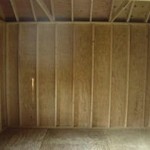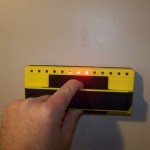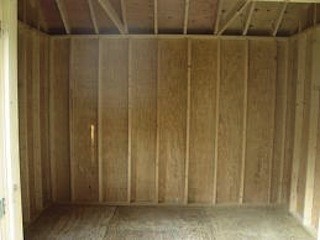 Well maybe the title is a little misleading as this article really is about how to find a stud in the wall. We just figured it might grab your attention. We get a lot of emails from people asking different questions and this one comes up quite often. So being the rocket scientists we are, we figured let’s do an article on this.
Well maybe the title is a little misleading as this article really is about how to find a stud in the wall. We just figured it might grab your attention. We get a lot of emails from people asking different questions and this one comes up quite often. So being the rocket scientists we are, we figured let’s do an article on this.
There are four ways to find a stud in the wall
Have Someone else do it
Sorry we had to put this in for the lazy people. This is usually the best option if you can have someone do it for free. You can kick back and just be the manager of the project. However, this probably will not be a viable option long term.
Use a Sledge Hammer
If you beat on your wall and make enough holes, you are sure to find a stud somewhere. However it will make a huge mess, lot more time fixing all the holes and a huge expense. So we really don’t recommend this either. Which leave us with the only two viable options below.
Methods without a stud finder
Okay we got the two silly ones out of the way. Let’s talk about some real ways to find a stud without a stud finder. This method is more tricky than a stud finder.
- Check by Outlet – Try to find an outlet in the center of the wall and not close to a corner. These are attached to a stud. You will have to take the face plate off to actually see which side the stud is on.
- Look for Clues on Wall – If you examine your wall closely, you might see signs where a screw was used to fasten the drywall to a stud.
- Look at Molding – Most molding, crown, chair or base is usually attached to a stud. Sometimes you might see clues as where the screw was used to attach the molding.
- Sound – This is harder, but if you tap on the wall, you might be able to hear a slight difference depending on the type of material on the wall.
- Drill Test Hole – If all else fails, you can drill a small hole in the wall to test. If you get lucky and hit a stud, cool. However odds are you won’t. So just use a coat hanger or something else that is flexible. You can insert one end into the wall and try to feel where the stud is. This is still hard to gauge, but will give you a better clue as to where to check.
This option is best if you are only going to be finding a stud once or twice in a lifetime. If you will be hanging stuff on your walls that require a stud, a stud finder might be a great investment. Also remember you don’t always have to find a stud. There are products out there called anchors that let you hang lighter items without a stud.
A Stud Finder
 This is the easiest way. You can buy a stud finder from $5 to about $100 for the home market. While the $5 finders are cool in theory, they just are not practical. We would suggest getting a stud finder that detects both metal and wood studs. A good stud finder we recommend is the Franklin 710. Using a stud finder is a good option if you will be using it more than a couple times in your life, otherwise it is hard to justify the expense.
This is the easiest way. You can buy a stud finder from $5 to about $100 for the home market. While the $5 finders are cool in theory, they just are not practical. We would suggest getting a stud finder that detects both metal and wood studs. A good stud finder we recommend is the Franklin 710. Using a stud finder is a good option if you will be using it more than a couple times in your life, otherwise it is hard to justify the expense.
See finding a stud isn’t as hard as you thought. You just have to now where to look.



ha ha
You can also use a magnet to find the screws!
Better tell Eric to keep the magnet away from his head in case some of them screws is loose.